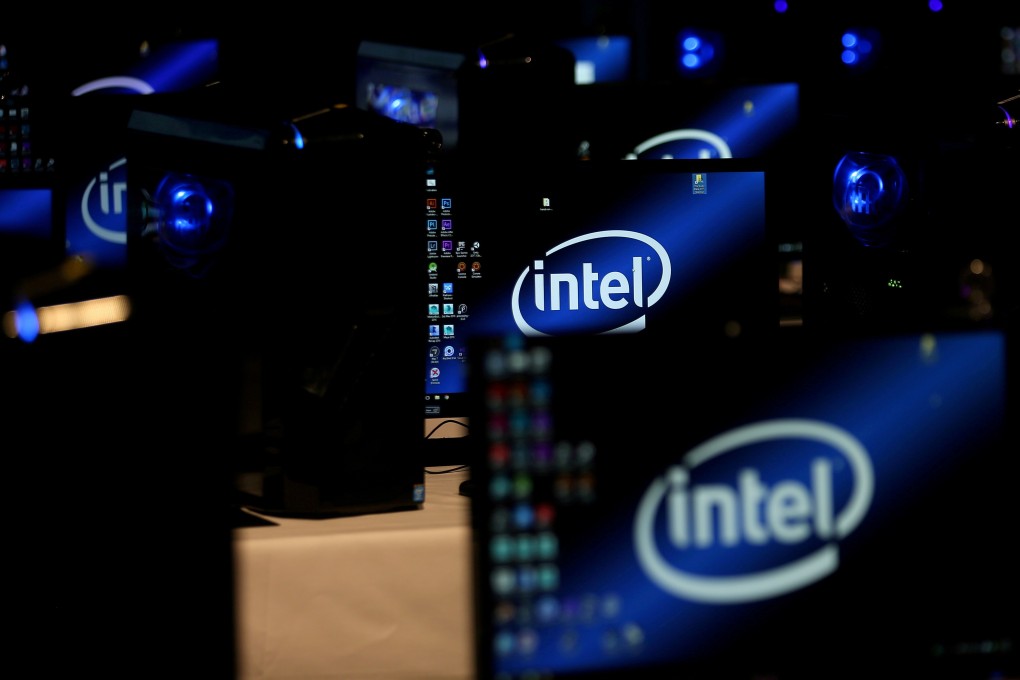Intel launches new chips to take on Apple’s M1, says new supercomputer will double expected speeds
- The semiconductor giant unveiled the 12th generation of Intel Core chips, known as Alder Lake, as the company seeks to regain its lead over rivals
- The chip maker also said the Aurora supercomputer it’s building with the US Department of Energy will see speeds exceeding 2 exaflops

Intel showed versions of its 12th generation of Intel Core chips for PCs, known by their code name of Alder Lake. The company said the product line will eventually include 60 different chips destined for 500 models of PCs from various makers, from thin laptops to larger machines designed for gamers.
The company said it is shipping 28 versions of the chip to PC makers, with “broad availability” starting on November 4.
Intel also said that Aurora, a supercomputer that Intel is building with the US Department of Energy’s Argonne National Laboratory for artificial intelligence work in suburban Chicago, will be twice as fast as originally planned. Intel said the computer will exceed 2 exaflops, meaning the ability to perform 2 quintillion – or 2,000,000,000,000,000,000 – calculations per second.